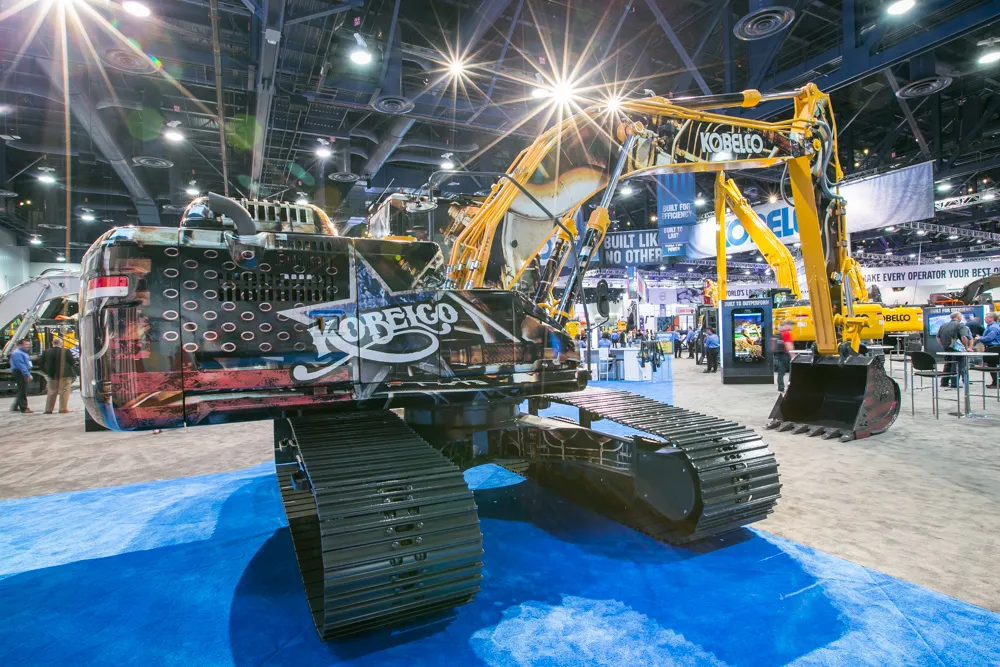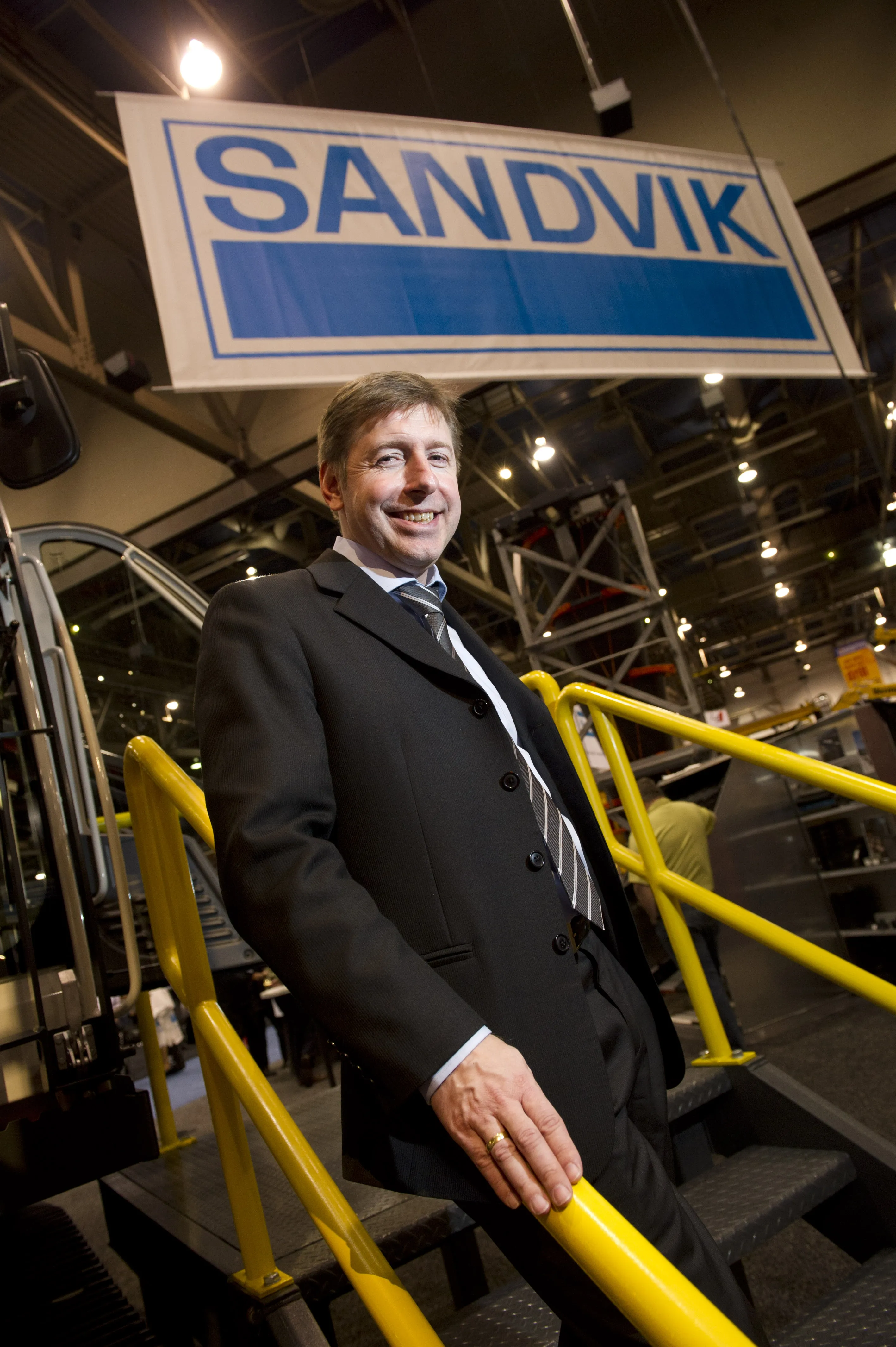
Having re-integrated its excavator and crawler crane businesses in the US,
“We built our factory in Spartanburg and had our opening ceremony in July 2016,” Narake began. “At the moment two models are being produced there, the SK210LC-10 and the SK350LC-10. This year two additional models will be added and we plan to add more production models in the future.” Only 30% of the land on the site in South Carolina has been used so far, so there is plenty of room for expansion.
Kobelco is also working on the design of a new 300 tonne crawler crane. “We are doing our best to bring it to the market early next year,” said Narake. “This is considered one of the main class sizes in North America.”
The Japanese-headquartered manufacturer also plans to extend its network of distributors in the US, added Narake, which at the end of 2016 stood at 57.
After the global alliance between Kobelco’s excavator business and Case/New Holland came to an end in 2012, Kobelco excavators re-entered the US market in 2013. Last April saw Kobelco merge the crane and excavator businesses with the following nine months spent restructuring. The HQ for the whole business is located in Katy, Texas.
“North America is our most important market outside Japan,” Narake concluded.







